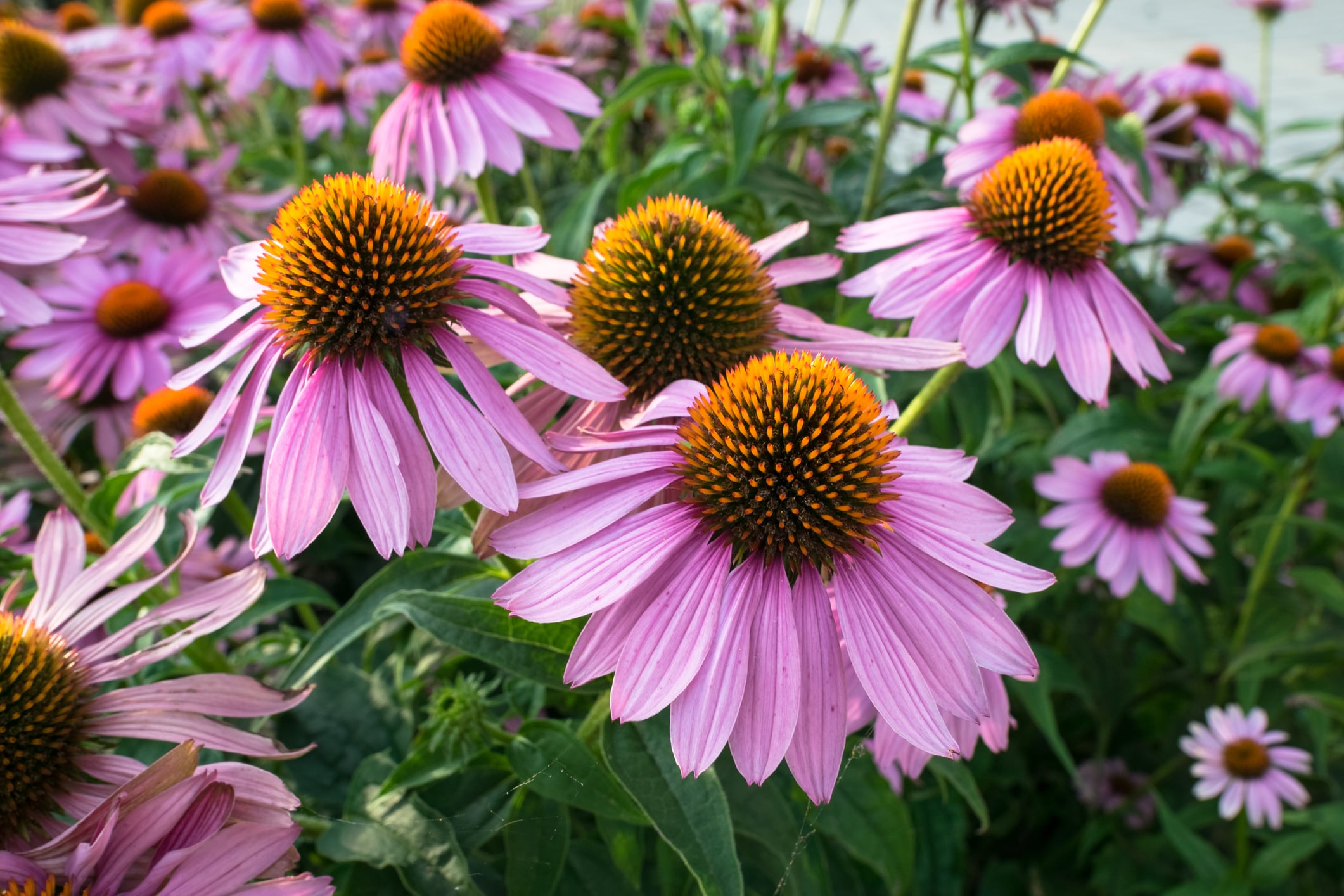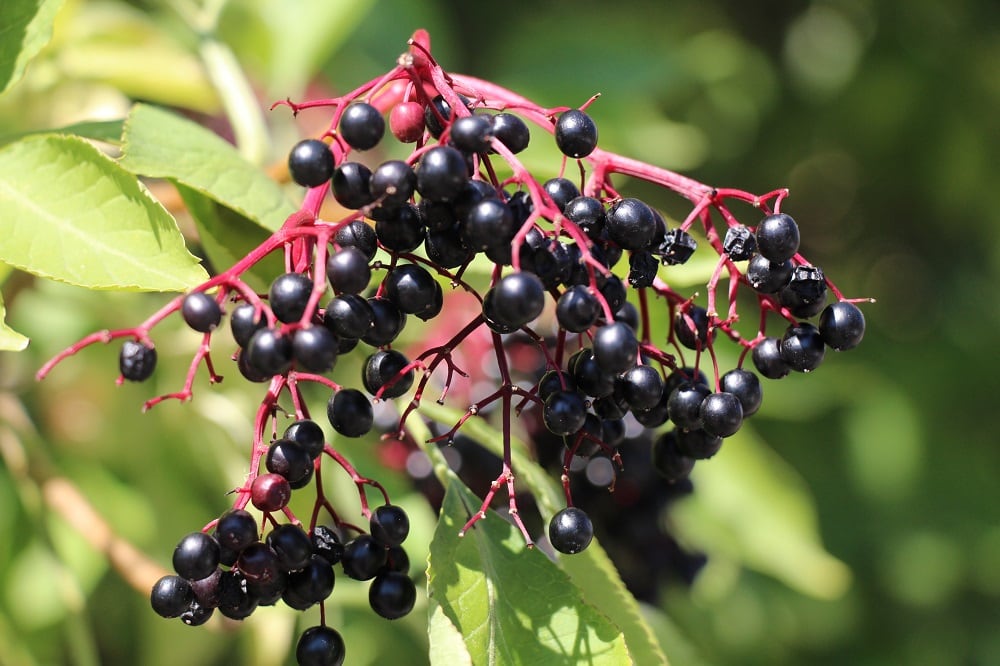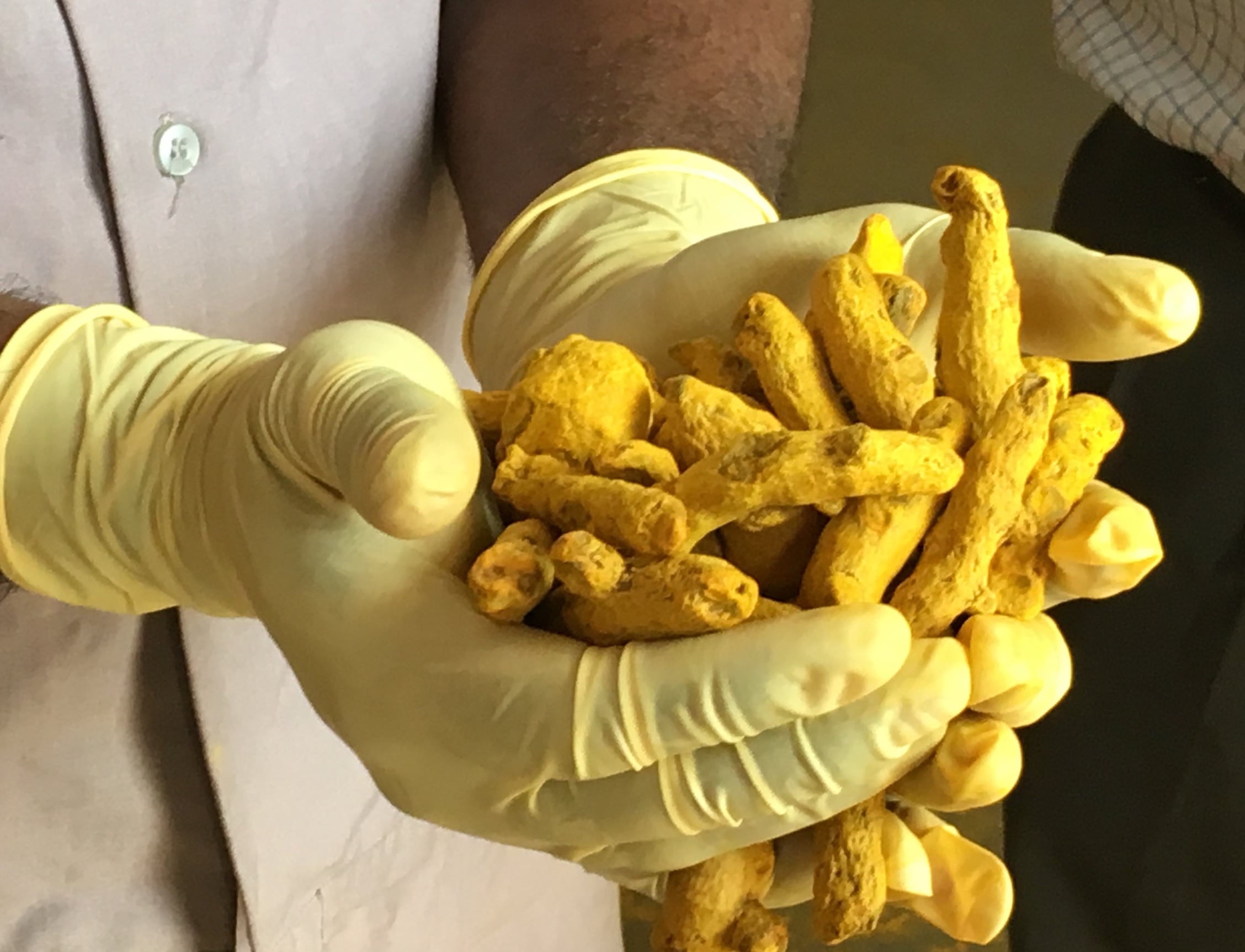The coronavirus crisis has boosted demand for a whole range of immune health ingredients, from vitamin C, to minerals like zinc, to various botanicals. New the top of that list is echinacea, which has occupied a leading rung of the herb sales ladder in the United States for many years.
Perennial best seller
According to the 2018 Herb Market Report, put out by the American Botanical Council (the most recent such data available from the group), echinacea was the No. 2 best selling herb in the mainstream, multi-outlet channel with $110 million in sales. Sales had risen 15% from the year before. The picture in the natural channel was similar: No. 9 rank, $10 million in sales and 11% growth.
Figures for 2019 would like follow a similar pattern, making for a somewhat predictable market that growers can plan for. But the results for 2020 will skew the picture significantly and send a pulse into the supply chain that will reverberate for some time to come.
“In the next three or four years I think you can plan on the market being short,” said Edward Fletcher, CEO of the botanical supply consulting firm Native Botanicals, Inc., which is based in Pineola, NC.
“We have seen demand double,” said Randy Kreienbrink, vice president of marketing for German firm Martin Bauer Group. In 2019 Martin Bauer acquired California-based supplier BI Nutraceuticals to form one of the world’s largest suppliers in the botanical trade.
Echinacea as a botanical commodity consists of three species: Echinacea angustifolia, E. pallida and E. purpurea. They are used interchangeably and products made from them can consist of root or aerial parts or both, depending on the customer and formulation, Fletcher said. The vast majority of the products on the US market contain E. purpurea, he said.
Ease of cultivation means many players in market
Fletcher, who matches customers with lots of material from many different sources, said the market has always been a fluctuating one. The good news, and also the bad news, on this plant is that it is considered to be the most widely cultivated medicinal plant in the world. That makes for a market where supply is sometimes out of sync with demand.
“I’ve often said the problem with echinacea is that it’s just too easy to grow,” he said. “It’s a plant that is very adaptable to different climates and different soils. So many people can grow it that you often have years of oversupply.”
Kreienbrink said most quality echinacea crops at the moment come from Europe. As Fletcher said, the plant can be grown in many locations. At the moment, much of the supply comes from Poland and Ukraine. Suppliers in the latter country report still having stock but it’s selling fast, Kreienbrink said.
Cal Bewicke, CEO of supplier Ethical Naturals, based in Novato, CA, said it’s becoming increasingly difficult to meet immediate demand. Echinacea is often a seasonal seller, and the typical cold and flu season is usually over by now.
“The situation with echinacea and elderberry is that there’s very little raw material left to make the extracts. We are anyway at the end of the season, with harvests coming in early summer, so material stocks would normally be low at this time. When harvests occur, there will be a lot of demand for material, and costs can be expected to go up,” he said.
Echinacea is a perennial, and is often left to grow in the field for up to five years, Kreienbrink said. The aerial parts can be harvested up to three times a season, depending on growing conditions, he said.
Kreienbrink said many growers in the US have been forced out of the market because of the difficulty of competing with supplies from regions with lower labor and input costs, such as Eastern Europe. Fletcher corroborated the concern on that point.
“At one time we had 500 acres of it growing in California and then we were told that the customer had found it 12 cents cheaper somewhere else,” he said. Kreienbrink said most growers in the US are certified organic, which can command a higher price.
Built-in lag time for quality supplies
Fletcher noted that starting new fields is a time consuming process. Because of cost most fields are sown from seed directly into the ground. It can take at least a year for the plant to produce harvestable aerial parts and as many as three years for the roots to be big enough to be worth digging up.
Plants can be started in greenhouses and then transplanted into the fields which can speed the process, Fletcher said. But it’s more costly, and so is something of a risk for growers, he said.
And, in any case, to have a quality crop, the plants must spend some of their lives out in the open. This is because, as with many other botanicals, much echinacea’s active constituents, which include polysaccharides, glycoproteins, caffeic acid derivatives (cichoric acid) and alkamides, are produced by the plants in response to environmental stresses.
“You can grow the plant in the greenhouse and come up with a big, beautiful plant, but there will be very little of the active constituents,” Fletcher said.
“If you sow directly in the field, you could harvest it for sure after a year but you’ve only got a root the size of a pencil. It really takes three years, and most of the time it will take four years,” Fletcher said. “This virus has really hit us at the very worst time in the Northern Hemisphere in terms of botanical supplies.”
Fletcher said he has had some growers who are considering harvesting roots early to cash in on the boom. But that will mean shorter supplies from those growers in the immediate future.
“I’ve had people talking about digging their roots this spring, which is just unheard of,” he said.
Kreienbrink said Martin Bauer is less concerned about supplies in the market going forward, but he admitted that there are many unknowns. Each country is dealing with social distancing issues differently and it remains to be seen how the economic fallout from the virus crisis will play out.
“It should not be difficult [to increase supplies] provided suppliers can return to their normal production capacity in time for a new crop. This is still unknown for many producers and products,” he said.
Chain of custody concerns for future
A concern has been raised for many botanicals, such as echinacea, elderberry and others, that big demand this year will mean more adulterated material will show up on the market. The Botanical Adulterants Prevention Program sent out a bulletin this week that raises that red flag.
“We deal with Echinacea purpurea species only which is the highest demanded species. Angustifolia is often offered as alternative, but there are less quantities available. China does have other species that were considered adulterants in the past, they also grow Purpurea that does not meet our quality standards. Yes, there should be cause for concern of contamination including adulteration with other species, especially if customers are requiring/declaring a specific species,” Martin Bauer’s Kreienbrink said.
Fletcher said he hopes those concerns will force customers to be more aware of where they get their supplies from. And he said the virus crisis may make customers more aware of international supply issues and the risks that might arise from the movement of material.
“My personal opinion is, as a consumer, I’m going to want know about where my stuff comes from. And as a supplier, if I used to get ingredient X from China, can I still trust that? I think people will start second guessing their imports, especially if they are coming from China,” he said.




